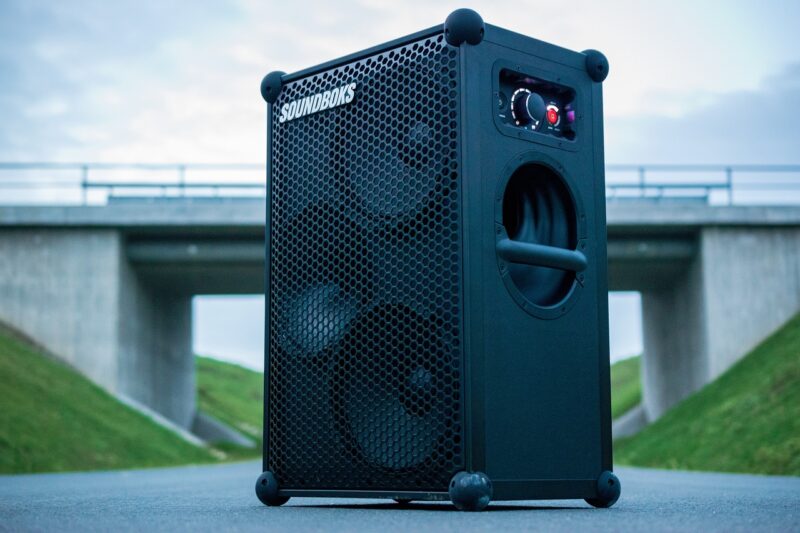How to Find the Perfect Balance Between Bass, Midrange, and Treble in Audio Systems
November 13, 2024

Finding the perfect balance between bass, midrange, and treble in an audio system can make or break your listening experience. Whether you’re a music enthusiast, a home theater aficionado, or an aspiring sound engineer, understanding how different frequency ranges interact with each other is key to achieving high-quality sound. In this article, we’ll explore the importance of each frequency range, how to adjust them for optimal performance, and tips for troubleshooting common audio issues.
1. Understanding Audio Frequencies
Before diving into the intricacies of bass, midrange, and treble, it’s important to grasp the fundamentals of audio frequencies:
– Bass (20 Hz – 250 Hz): This range is responsible for the depth and warmth of music, often felt more than heard. Powerful bass adds punch to genres like hip-hop and electronic dance music.
– Midrange (250 Hz – 4 kHz): The midrange is vital for clarity as it encompasses the frequencies that include vocals and most instruments. Properly balanced midrange ensures that voices and melodies are prominent in the mix.
– Treble (4 kHz – 20 kHz): This range contributes sparkle and detail. It gives music brightness and clarity, making elements like cymbals and hi-hats impactful.
Understanding the role of each frequency range helps in critical listening and adjustments.
2. Setting Up Your Audio System
Achieving a balanced sound starts with the proper setup of your audio system. Follow these steps:
- Choose the Right Equipment: Invest in quality speakers and audio components that are designed to reproduce all frequencies accurately. Look for specifications that highlight frequency response ranges.
- Position Your Speakers Correctly: Speaker placement significantly influences sound quality. Ensure your speakers are positioned at ear level and away from walls to reduce reflections and enhance audio clarity.
- Use Quality Audio Sources: The quality of the audio source impacts playback. Use high-quality formats like FLAC or WAV over low-bitrate MP3s to retain sound integrity.
A proper setup lays the foundation for a balanced sound experience.
3. Adjusting Bass, Midrange, and Treble
Now that your audio system is set up, it’s time to adjust the settings for an optimal listening experience:
- Start with Flat Settings: Begin with your equalizer (EQ) settings flat. This allows you to hear the natural qualities of your setup before making adjustments.
- Adjusting Bass: Boost bass frequencies if you want more depth, but beware of overpowering the mix. A slight increase can make music feel more dynamic without muddling the midrange.
- Fine-Tuning the Midrange: Since vocals and key instruments reside in the midrange, ensure this area is clear. If muddiness occurs, consider reducing bass slightly to enhance midrange clarity.
- Tweaking Treble: Adjust treble to add clarity and brightness, but too much can create a harsh sound. A balanced treble can help instruments shine without overwhelming the mix.
Listening to a variety of music genres during these adjustments will help fine-tune the balance effectively.
4. Listening Techniques for Balance
To ensure a balanced approach to audio refinement, consider these listening techniques:
- Critical Listening: Use high-quality headphones or a well-placed speaker setup for critical listening tests. Pay attention to how different frequency adjustments impact the overall sound.
- Use Reference Tracks: Familiarize yourself with tracks you know well. Use these as reference points to adjust the audio balance and ensure clarity across frequency ranges.
- Test Across Genres: Different genres emphasize frequencies differently. Play classical, rock, jazz, and electronic music to evaluate how your adjustments interact across various styles.
Listening attentively is essential for discerning the nuances in sound that may otherwise go unnoticed.
5. Troubleshooting Common Issues
Audio systems often encounter common issues that may affect frequency balance. Here are troubleshooting tips:
- Muddy Sound: Usually caused by excessive bass or poorly positioned speakers. Reduce bass, reposition your speakers, or try a different listening environment.
- Harsh Sound: Excessive treble may cause harshness. Cut back on treble or fine-tune the midrange to create a softer overall tone.
- Uneven Sound Distribution: Ensure your speaker placement is symmetrical and not blocked by furniture or walls. Experimenting with speaker height may also improve sound dispersion.
Addressing these issues helps maintain a harmonious balance across all frequency ranges.
Conclusion
Achieving the perfect balance between bass, midrange, and treble takes practice and patience. By understanding the role of each frequency range, properly setting up your audio system, and using various techniques to adjust and troubleshoot common issues, you can significantly enhance your listening experience. Remember that each listening environment is unique, so continue refining your system according to your preferences and space limitations.
Your journey to audio perfection is ongoing; enjoy the process of discovering what sounds best to you!








